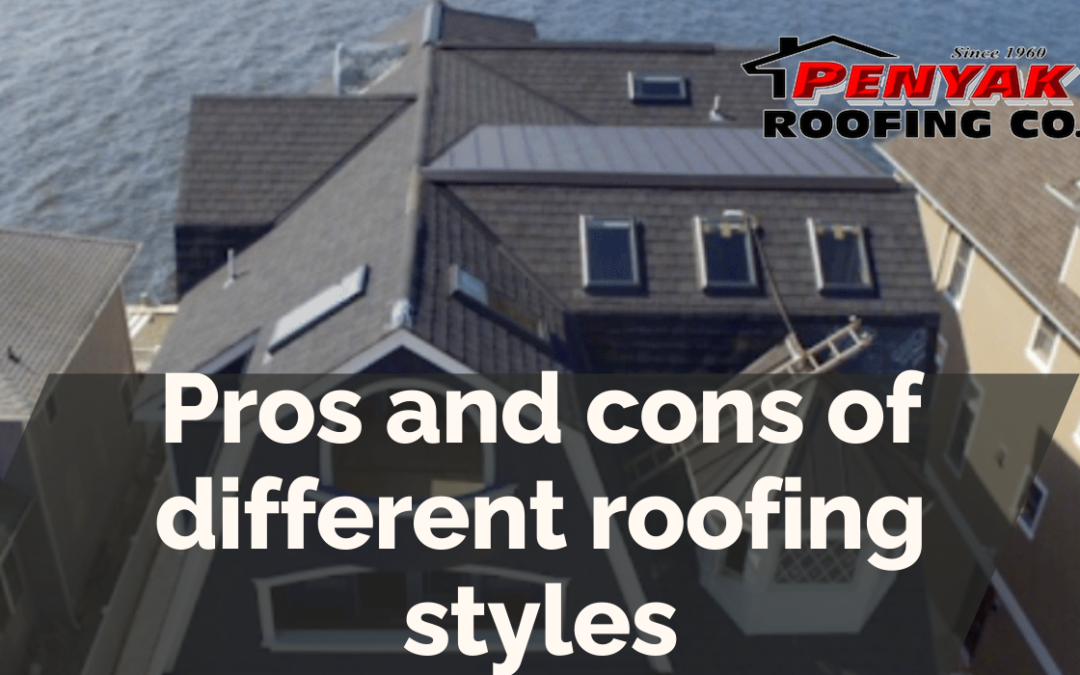When it comes to shelter and protection from the elements, the architecture of the roof plays an integral role, with different styles serving varying purposes based on the weather conditions and aesthetics preferred in certain locations. In this article, we will navigate through an array of roofing styles, comparing them based on design, functionality, and the materials used.
Flat Roof
Flat roofs, as the name suggests, are even or have very slight incline. These are commonly seen in commercial buildings and in modern, minimalist residential designs. They allow efficient use of space and are relatively easier to build, reducing labor and material costs. However, they require extensive waterproofing measures and consistent maintenance to prevent water pooling.
Gable Roof
Gable roofs are one of the most common styles, marked by their triangular shape. Their simple design allows for easy construction and good water drainage. However, they are not the best choice for areas prone to high winds due to the risk of peeling away.
Hip Roof
Unlike gable roofs which have two sloping sides, hip roofs have four, leading to a more stable construction. They stand up better to high winds, making them suitable for storm-prone areas. But, the complex design may drive up the construction cost.
Mansard Roof
Known for their distinctive aesthetic appeal, the mansard roofs feature four sides with two slopes on each side. The lower slope is steeper than the upper, often resulting in extra living space. However, they might not be the best choice in areas of heavy snowfall due to their lower slopes.
Skillion Roof
Also known as a shed or lean-to roof, a skillion roof has a single, steeply angled plane. It offers an interesting aesthetic appeal and is often used for home additions, porches, and sheds. It’s simple construction makes it cost-effective, though it may result in less living space inside.
Comparison Based on Materials Used
- Asphalt Shingles: They are lightweight, easy to install, and come in a variety of colors. However, they have a shorter lifespan compared to other materials.
- Metal Roofing: It’s durable, fire-resistant, and excellent for rainwater shedding. The initial cost could be higher, but it requires less maintenance.
- Slate: It’s very durable and fire-resistant, offering a high-end aesthetic appeal. However, it’s quite heavy and will need a strong structural support.
- Wood Shakes: They offer a natural and rustic look with good insulation properties. But, they require high maintenance and are less fire-resistant.
Conclusion
Choosing a roofing style is a significant decision, affected by the climatic conditions, personal aesthetics, budget, and the type of building. It’s always advisable to consult with a professional to make a well-informed choice, as it is an investment meant to last for years to come.
FAQs
Which roof type is most durable?
Roof durability is not just reliant on the style, but also the material used. For instance, slate roofing is known for its longevity.
Which is the most cost-effective roofing style?
The cost-effective nature of a roof is dependent on factors like materials used, labor involved, and the complexity of the design. Flat and skillion roofs are usually less expensive because of their simple design.


Recent Comments